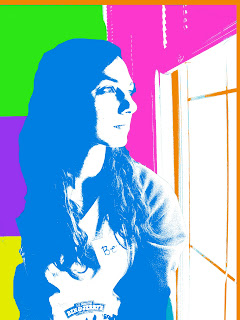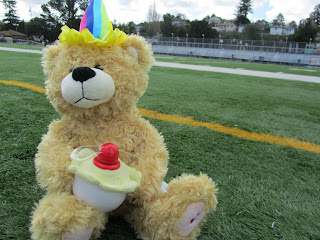Andy Warhol
· Real name is Andrew Warhola (8/6/28-2/22/87) (Became Warhol after a misprint)
o Born in Pittsburgh, PA, Parents from Czechoslovakia (does not exist anymore)
o Father worked in a coal mine
· In High School, kicked out of art club because he was “too good”
· Graduated from the Carnegie Institute of Technology (Bachelor of Fine Arts)
· Graduated with degree for pictorial design & wanted to become a commercial illustrator
· Designed advertisements for women’s shoes
· Used Polaroid camera
· Fear of hospitals and doctors, hypochondriac
· Favorite print making technique was silk screening
· Friends & family described him as a workaholic
· His sexuality was speculated upon and how this influenced his relationship to art is “a major subject of scholarship on the artist”
· First solo expedition in 1952
· Coined the term “15 minutes of fame”
· 1960s: iconic American products (pop art)
· Created The Factory, his NYC studio from 1962-1968
· Celebrity portraits developed into one of the most important aspects of his career
· Made films (first one called Sleep – 6 hours of a man sleeping) (1963)
· 1965 said he was retiring from painting
o 1972 returned to painting
· Designed cover for the Rolling Stones’ album Sticky Fingers (cover made out of real jean material)
· Produced Velvet Underground’s first album
· Started a magazine called Interview, worked for Glamour Magazine, Vogue
· Shot by Valerie Solanas 3 times for being abusive and “too controlling” (6/3/68)
o Solanas authored the S.C.U.M. Manifesto, a separatist feminist document
o "Before I was shot, I always thought that I was more half-there than all-there – I always suspected that I was watching TV instead of living life. People sometimes say that the way things happen in movies is unreal, but actually it's the way things happen in life that's unreal. The movies make emotions look so strong and real, whereas when things really do happen to you, it's like watching television – you don't feel anything. Right when I was being shot and ever since, I knew that I was watching television. The channels switch, but it's all television."
· Marilyn Monroe = favorite model (not painted until after death)
· Wore silver wigs until he dyed his hair silver
· Practicing Ruthenian Rite Catholic who described himself as a religious person
· Died of a heart attack brought on by a gall bladder surgery and water intoxication
· $100,000,000 for one of his paintings (highest amount paid) (“Eight Elvises”)
· Referred to as the “Prince of Pop”




































